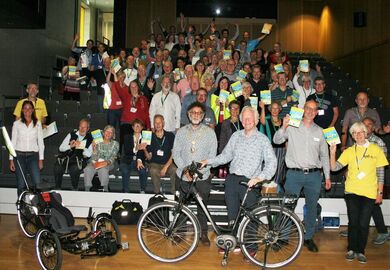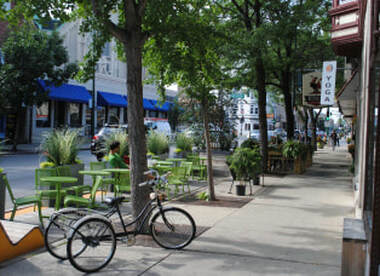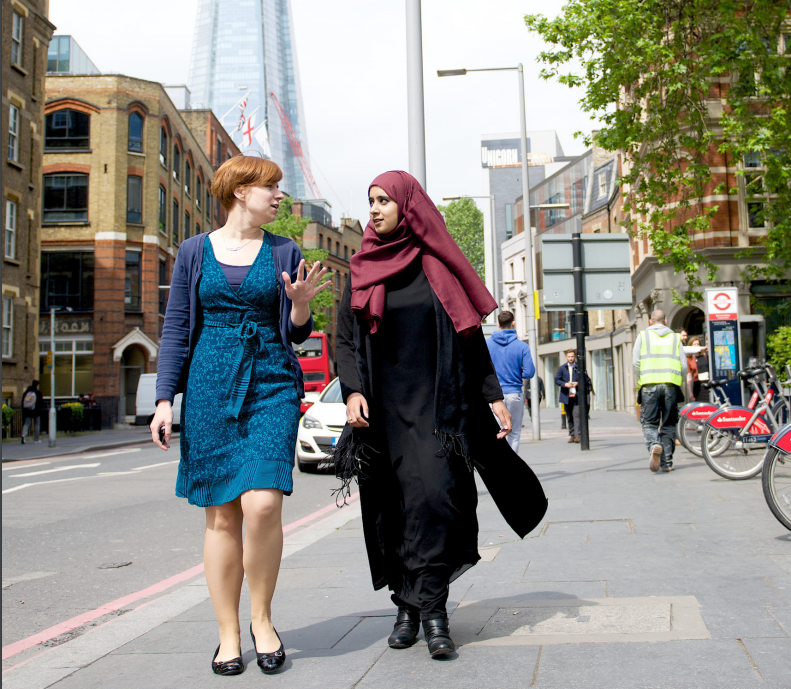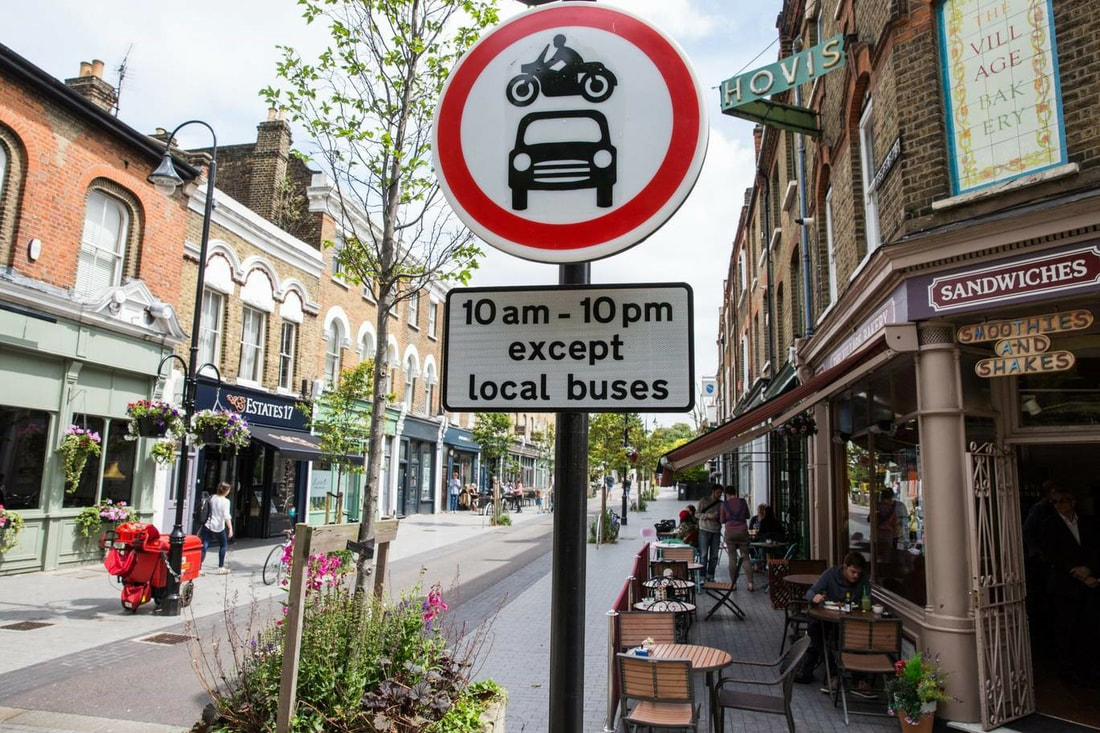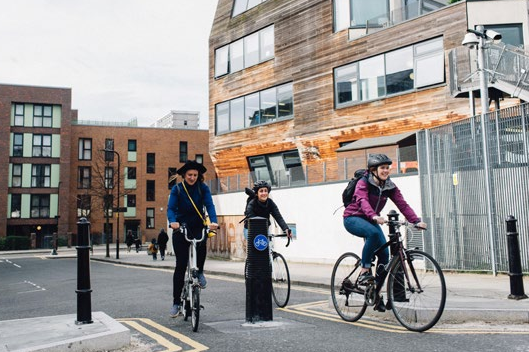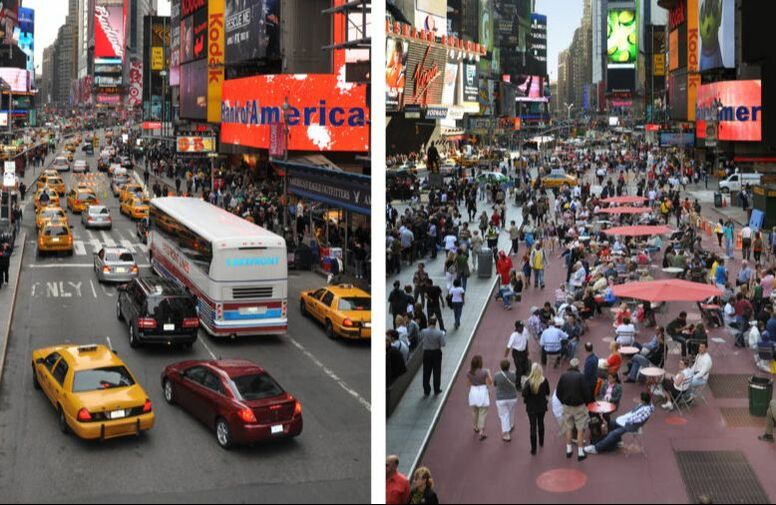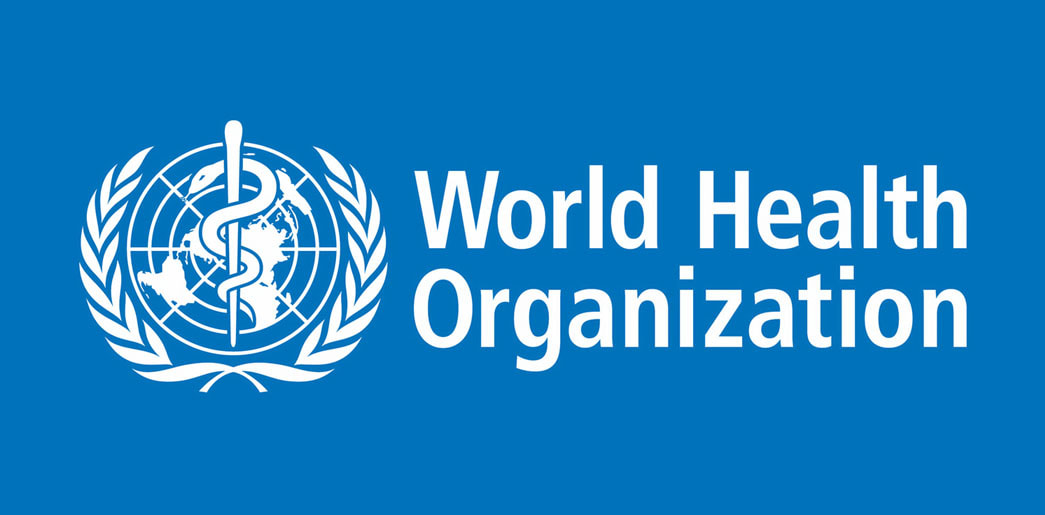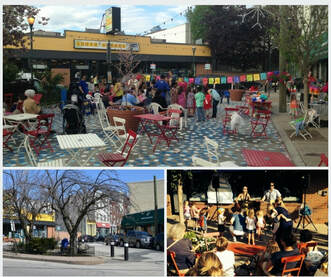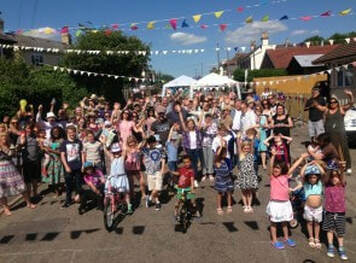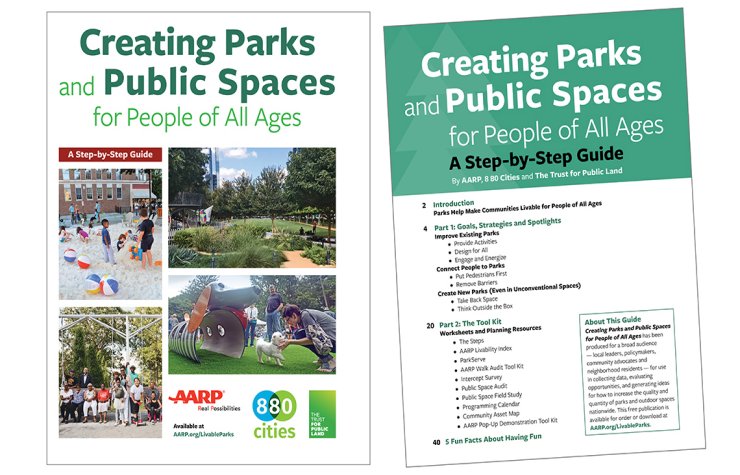Resources
|
Here are details of the Like Riding a Bike conference held at Oxford Brookes University in September 2019.
Below that are links to a host of other organisations and resources for healthy streets and spaces. |
Like Riding a Bike - Conference final report and actionsThe Like Riding a Bike conference took place at Oxford Brookes University on 7 September 2019. Organised by Cyclox and the Brooke's Co-CAFE team with sterling support from Oxfordshire Liveable Streets speakers, workshops, cycle demos, rides and panel discussions combined to explore how we can get people who used to cycle, or have never cycled, onto bikes of many shapes and sizes, and the role of virtual reality cycling.
This document contains the main themes from the day and the actions required from a range of organisations and individuals.
| |||
Healthy StreetsThe Healthy Streets Approach is a system of policies and strategies to put people, and their health, at the heart of decision making. This delivers a healthier, more inclusive city where people choose to walk, cycle and use public transport. The 10 Indicators of a Healthy Street were developed by Lucy Saunders, a specialist in public health and transport. These were first included in TfL policy in the first Health Action Plan in 2014 and TfL has been working on how to deliver this Approach in London, as set out in A City for All Londoners and Healthy Streets for London.
|
Healthy Streets for LondonHealthy Streets for London sets out how the Mayor and TfL will help Londoners to use their cars less and walk, cycle and use public transport more. It outlines some practical steps to achieve this, including:
|
Waltham Forest - 'Mini Holland'In 2013, Waltham Forest was one of three boroughs (along with Kingston and Enfield) in outer London selected to share the total £100m pot from the Mayor of London’s Mini-Hollands fund. The funding was used to upgrade streets and road networks to help tackle safety for walking and cycling, air quality and public health. Waltham Forests's allocated £27m was boosted to a £40m total pot by accessing money from local developments under Section 106.
|
Low Traffic NeighbourhoodsThe 'Low Traffic Neighbourhoods: An Introduction For Policy Makers' is a guide from London Cycling Campaign and Living Streets and draws on expertise from those who’ve designed, implemented and campaigned for award-winning low traffic neighbourhoods. “Low traffic neighbourhoods” are groups of residential streets, bordered by main or “distributor” roads (the places where buses, lorries, non-local traffic should be), where “through” motor vehicle traffic is discouraged or removed. There’s lots of ways you can make a low traffic neighbourhood, but the main principle is that every resident can drive onto their street, get deliveries etc., but it’s harder or impossible to drive straight through from one main road to the next.
|
|
|
8 80 Cities8 80 Cities believe that if everything we do in our public spaces is great for an 8 year old and an 80 year old, then it will be great for all people. 8 80 Cities improves the quality of life for people in cities by bringing citizens together to enhance mobility and public space so that together we can create more vibrant, healthy, and equitable communities.
|
From Pop-Up to PermanentUrban residents have long practiced a form of tactical urbanism: repurposing underutilized places using temporary materials and transforming them into more dynamic public spaces. But in the past several years, tactical urbanism has become a movement. Frustrated by slow, expensive, and often exclusionary project delivery approaches, urban practitioners have found interim interventions to be an effective tactic for finding what works and getting projects on the ground. These temporary projects can help to encourage meaningful public engagement and generate support for permanent projects by allowing people to experience what’s possible
|
Lighter, Quicker, Cheaper - The LQC ApproachThere is growing momentum to get “back to the basics” of what makes cities thrive. Many of the most effective and immediate solutions are lighter, quicker, and cheaper than traditional top-down approaches to improving cities. The growing success of “Lighter, Quicker, Cheaper” (LQC) projects all over the world is proof that expensive and labor-intensive initiatives are not the only, or even the most effective, ways to bring energy and life into a community’s public space.
|
Playing OutDo you want children to be able to play freely outside their own front door? We are a parent and resident led movement restoring children’s freedom to play out in the streets and spaces where they live, for their health, happiness and sense of belonging. Here you’ll find all you need to start regular ‘playing out’ sessions on your street or other actions to spark change where you live. Also ideas, stories and inspiration gathered from people around the UK and beyond.
|
Sustrans School StreetsSustrans School Streets is a test programme that aims to ease the congestion, poor air quality and road safety concerns that many schools experience during drop-off and pick-up times, by facilitating timed traffic restrictions on the road outside the school gates. It has now been picked up by a number of London boroughs, with School Streets also being known as Healthy School Streets and School Car Free Zones.
|
Parks and Public Spaces for People of All AgesWith the publication of Creating Parks and Public Places for People of All Ages: A Step-by-Step Guide, AARP Livable Communities, 8 80 Cities and The Trust for Public Land have come together to highlight the importance of parks — and give community leaders (and park advocates from all corners) tools they can use to both create and improve green spaces and public places for people of all ages.
|


